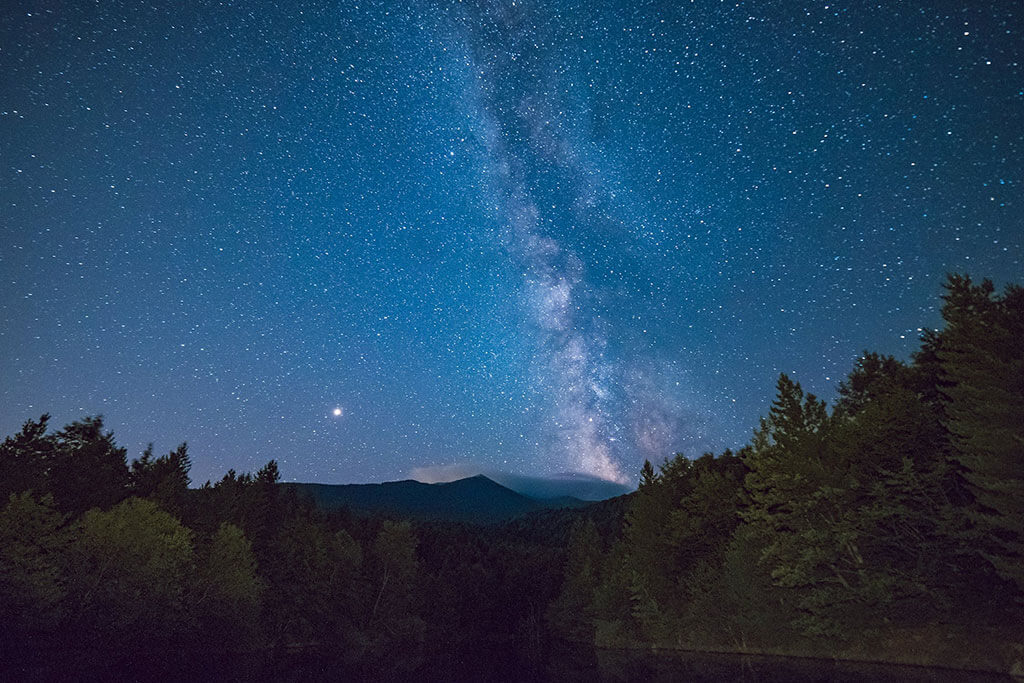
13
May
SciCommTO: Science Slam for Science Rendezvous After Dark
Come out and join us for an evening of laughs and science! Hear science enthusiasts to talk about their passion for science in a unique way. A song, stand-up, comedy skit, spoken word; The possibilities are endless!
MC/Compere – Elliann Fairbairn, Ontario Institute for Cancer Research (@ElliannFairbair)
Liona Davies, Ontario Science Centre

10
June
Rouge Valley Conservation Centre: Astronomy Night Hike
Take a look through a telescope and learn about the stars and galaxies that are high above.

26
May
RASC Mississauga: Exoplanetary Update: Proxima Centauri b
Speaker: Professor Paul Delaney, York University

15
June
Thorncliffe Library: Grand Discovery of Gravitational Waves
Join us to learn about the grand discovery of gravitational waves, whose existence was first predicted by Albert Einstein a hundred years ago. Learn what gravitational waves are, the journey scientists have taken in order to detect them, and the impact this discovery has on physics and astronomy.

26
May
UofT Planetarium: The Life and Death of Stars
Showtimes: 7:00pm, 8:00pm and 9:00pm
The stars in the night sky seem unchanging and eternal, and have remained the same for the history of human civilization. However, over millions and billions of years, new stars are born, live out their long lives, and eventually die in a blaze of glory. In this show, we will be exploring the lives of stars by visiting stellar nurseries, supernova remnants and much more!

19
May
UofT Planetarium: The Life and Death of Stars
Showtimes: 7:00pm, 8:00pm and 9:00pm
The stars in the night sky seem unchanging and eternal, and have remained the same for the history of human civilization. However, over millions and billions of years, new stars are born, live out their long lives, and eventually die in a blaze of glory. In this show, we will be exploring the lives of stars by visiting stellar nurseries, supernova remnants and much more!

5
June
UTM: We, Together: Integrative Science and Two-Eyed Seeing
Prof. Cheryl Bartlett was co-developer of "Integrative Science" and of "Two-Eyed Seeing," and was one of the organizers of International Year of Astronomy in Canada. In this sesquicentennial year, when Aboriginal culture and education require our attention, her work is of special interest.

2
August
Beaches Library: Solar Eclipses with Dr. Jennifer West
Join Dr. Jennifer West as she discusses the phenomenon of solar eclipses in preparation for the solar eclipse on Monday August 21st.
Dr. West is a Postdoctoral Fellow who uses large radio surveys to study magnetic fields in the universe. She is also enthusiastic about astronomy education and outreach.

12
May
UofT Planetarium: A Grand Tour of the Cosmos (SOLD OUT)
Showtimes: 7:00pm, 8:00pm and 9:00pm

28
April
UofT Planetarium: A Grand Tour of the Cosmos
Showtimes: 7:00pm, 8:00pm and 9:00pm
